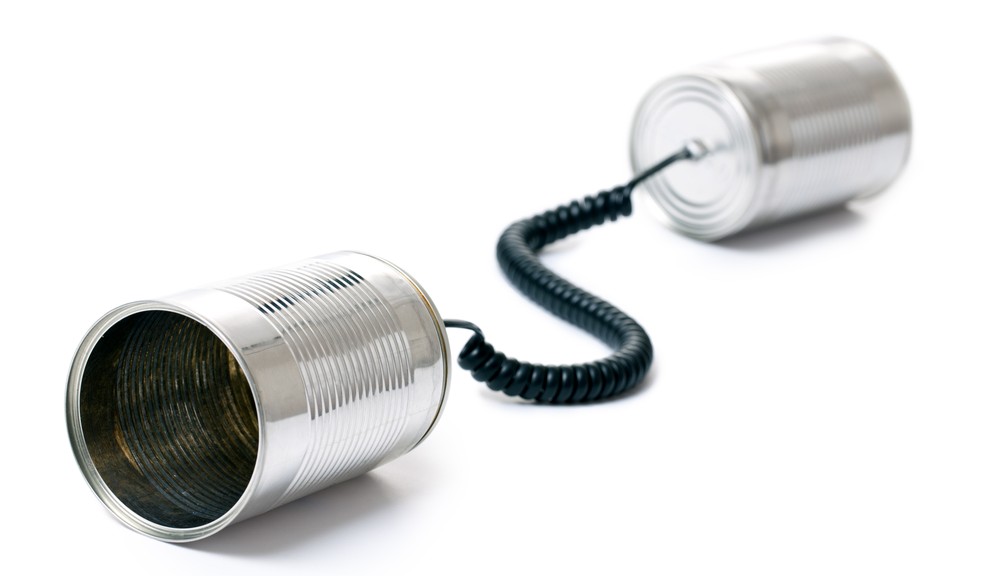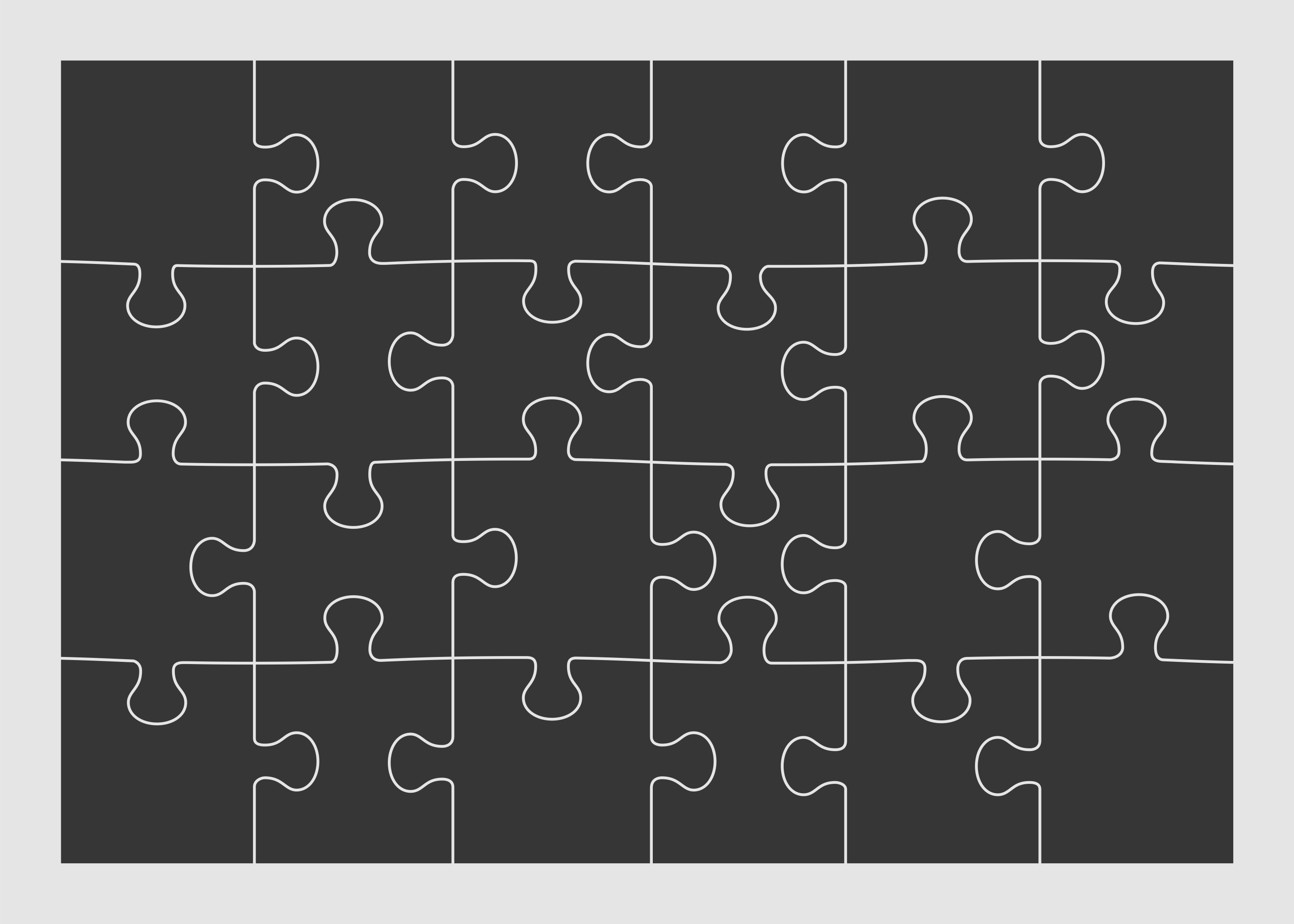In ABA, a target behavior is the behavior that has been selected for change. If a parent would like their child to learn how to eat with a fork, then “eating with a fork” is the target behavior. Likewise, if a teacher would like her student to stop wandering around the classroom, then the target behavior would be, “sitting in chair.” Usually, we behavior analysts like to keep things positive.
So instead of defining what the person should not do, we identify what the person should be doing.
So it would not be suitable to define a target behavior as, “child will stop eating dinner with his hands.” Instead, a better definition would be, “child will eat with a fork.” Not only does this sound more positive, but it makes data collection on the target behavior easier as well, and allows us to explain to the child what they should do.
Before a behavior can be analyzed, it should first be defined in a clear, concise, and objective manner. Because we will be taking data on the child’s progress, it is helpful to know what to record and what not to record. A definition is considered clear, concise, and objective when anyone can read it and know exactly what to look for. For example, if we ask two therapists to record the number or tantrums your child has, but we do not provide an objective definition of tantrum it is very likely that the two therapists will come up with different results. However, if we define tantrum as “crying, falling to the floor and/or refusing to do what was asked of the child,” then we can all be on the same page as to what constitutes a tantrum. In turn, this makes data collection and monitoring of progress easier, and much more accurate.
But wait- there’s more. Ethically speaking, a behavior analyst must choose to teach behaviors that are socially significant. Socially significant behaviors are behaviors that have immediate and long term benefits for the person engaging in them. For example, teaching a 5 year old child with autism algebra, especially if the child is not potty trained and engages in self injurious behavior regularly, would probably not be something that we would want to work on! However, teaching the child to use the potty would be something that would benefit the child immediately and in the long term, as well as make life more peaceful for the entire family.
A competent behavior analyst will prioritize the behaviors selected for change. It is not uncommon for parents and teachers to have a long list of behavior problems they want stopped and a long list of skills they would like the child to learn. But we must be patient and start with the things that will provide the most value to the child. This means that in general, working on communication is preferred over something like “hand-flapping.” Nevertheless, every child is different. If hand-flapping is truly preventing the child from learning and engaging with others, then an intervention plan may be put in place to help the child reduce it. And, as mentioned before, an ABA program can have one target behavior, or many target behaviors. It all depends on what is best for the child.
So let’s review with a little quiz. Is this a good target behavior?
Child will exercise good manners.
Answer: No. My definition of “good manners” might be different from yours. Furthermore, what exactly will I take data on? A better definition would be, “Child will say ‘please’ when requesting an item, and ‘thank you’ after receiving an item.” This way, I can actually record the number of times the child uses these phrases. And remember, as the child learns, we can always add more criteria, such as saying, “excuse me” before interrupting.




